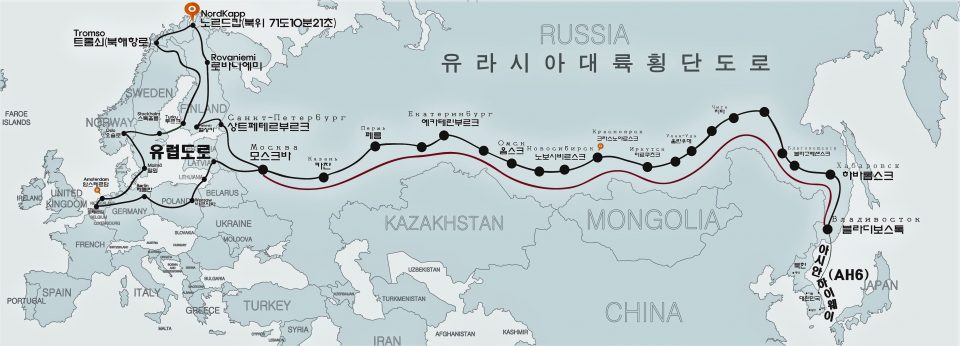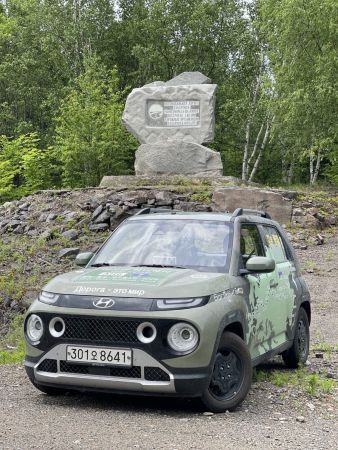On June 3, 2025, Lee Jae-myung of the Democratic Party of Korea was elected as the 21st President of South Korea. The AsiaN is publishing the hopes and expectations of Koreans for the new president and administration in both Korean and English editions. We welcome the interest, feedback, and constructive criticism of our readers.
The AsiaN Editorial Team

By Kim Hyeon-guk
Explorer, Eurasian Highway Recorder
SEOUL: For the past 30 years, I have documented the roads that connect the Korean Peninsula to the Eurasian continent. This was not simply travel, but a practical experiment to extend the everyday life of South Korea—confined within a narrow peninsula—into a 14,000-kilometer expanse. At the heart of this journey is the Eurasian overland route that begins in Busan, passes through Siberia, and reaches Amsterdam. This road consists of UN ESCAP’s Asian Highway Route 6, UN ECE’s European Route E30, and sections of the Russian federal highway. Today, with the entire route paved, it is a realistic and ready-to-use infrastructure.
In 2026, I will embark on my seventh Eurasian crossing. The journey, titled “The Road Is Peace: From New York to Paris, then to the Korean DMZ via the Northern Sea Route,” will begin in New York, cross the Pacific, traverse Siberia, follow the Arctic Sea route, pass through the DMZ, and arrive in Seoul. Along this road, I intend to ask the world: “Why are we still unable to take this path?”

The world now stands at a turning point. In a digitally connected era of real-time globalization, the United States, China, and Russia are all expanding their spheres of influence. The Trump administration’s vision for the Northern Sea Route and its attempt to restore ties with Russia are not just elements of global diplomacy—they represent opportunities that could reshape South Korea’s future. If the U.S. and Russia come together, the war in Ukraine could end, and a path to peace between the two Koreas may open.
We now face a choice. Will we continue to live within a disconnected 400-kilometer border, or will we imagine a new daily life along a 14,000-kilometer corridor that connects us to the Eurasian continent? The overland route through Siberia and the Arctic Sea Route both form part of a new logistics axis stretching from Busan to Rotterdam. This route is 7,000 kilometers shorter than the traditional Suez Canal route, offering overwhelming advantages in time and cost.
But the road through Siberia is not merely a logistical channel—it is an expansion of life itself. Imagine a young person from South Korea driving across Siberia to windsurf in the Baltic Sea, or a family fishing together at Lake Baikal, or travelers witnessing the aurora in the Arctic Circle. This is not a fantasy. It is an achievable future—and the infrastructure to support it already exists.

The Northern Sea Route may rely on the unfortunate reality of global warming, but the Eurasian highway is a hopeful infrastructure that can be utilized immediately. South Korea is the only country that can embrace both. Busan and Ulsan can be reborn as global logistics ports, and the DMZ can transform from a symbol of division into a platform of connection.
I respectfully call upon President [Name]. What we now need is not another declaration, but execution; not more symbols, but real connections; not another summit, but a road. Reconnecting the divided roads of the Korean Peninsula is the true vision of South Korea in the Eurasian era—and it is the most concrete path toward peace.
A road is not just a passage. It connects people, links nations, and serves as the most physical and tangible promise of peace. Now is the time to keep that promise.




